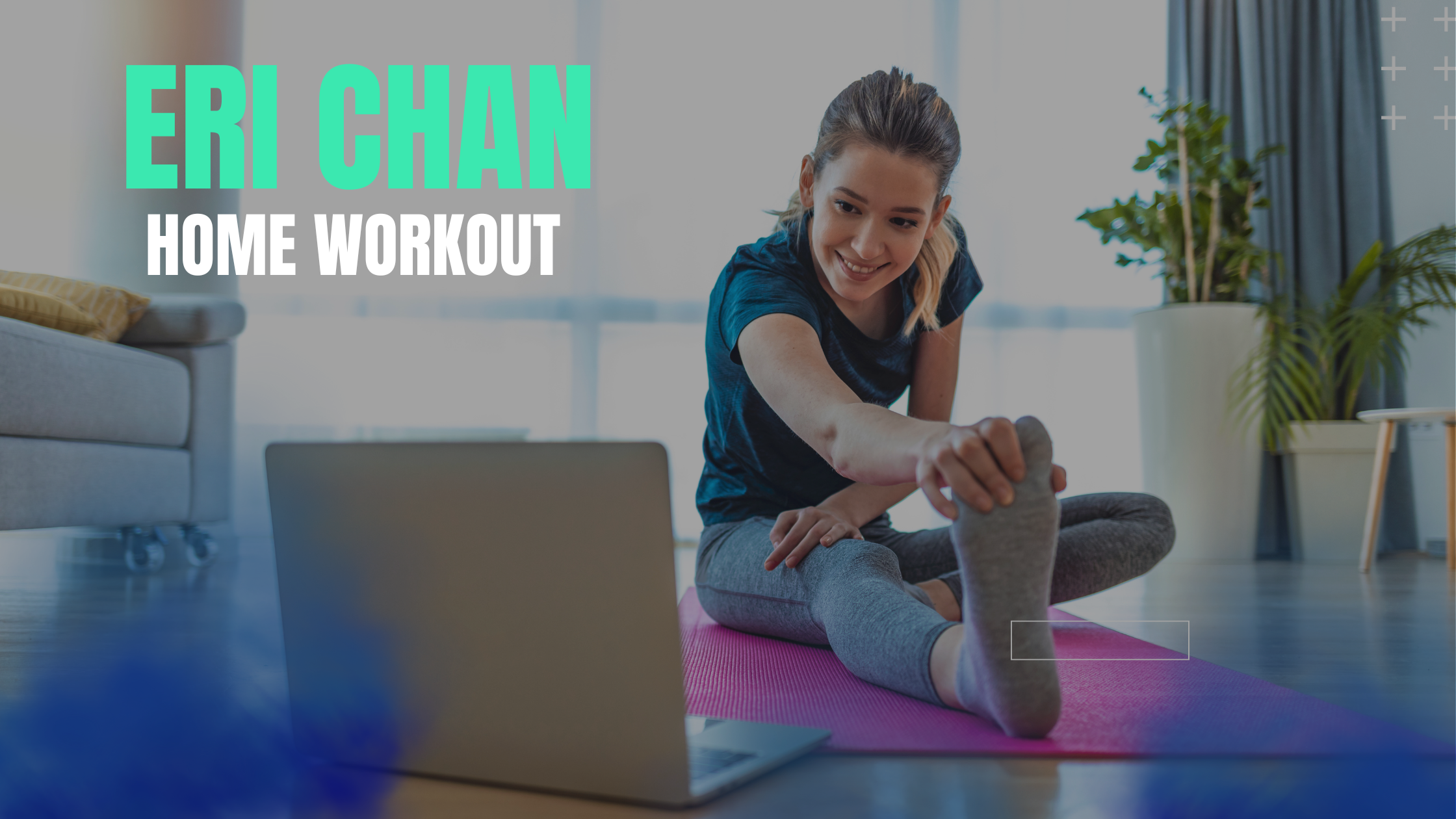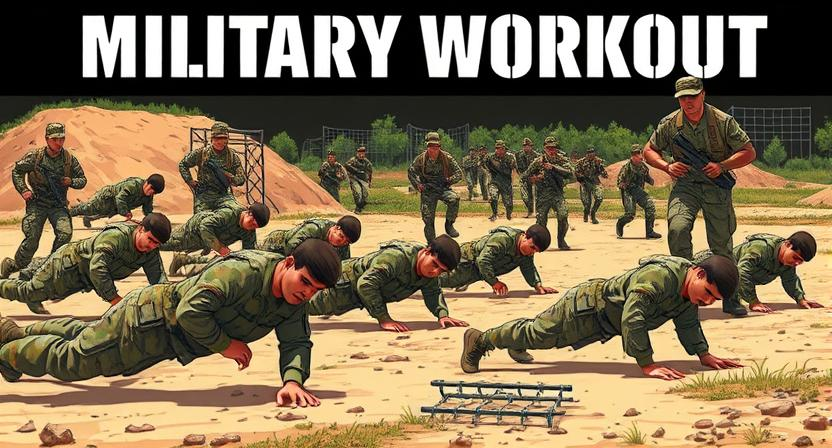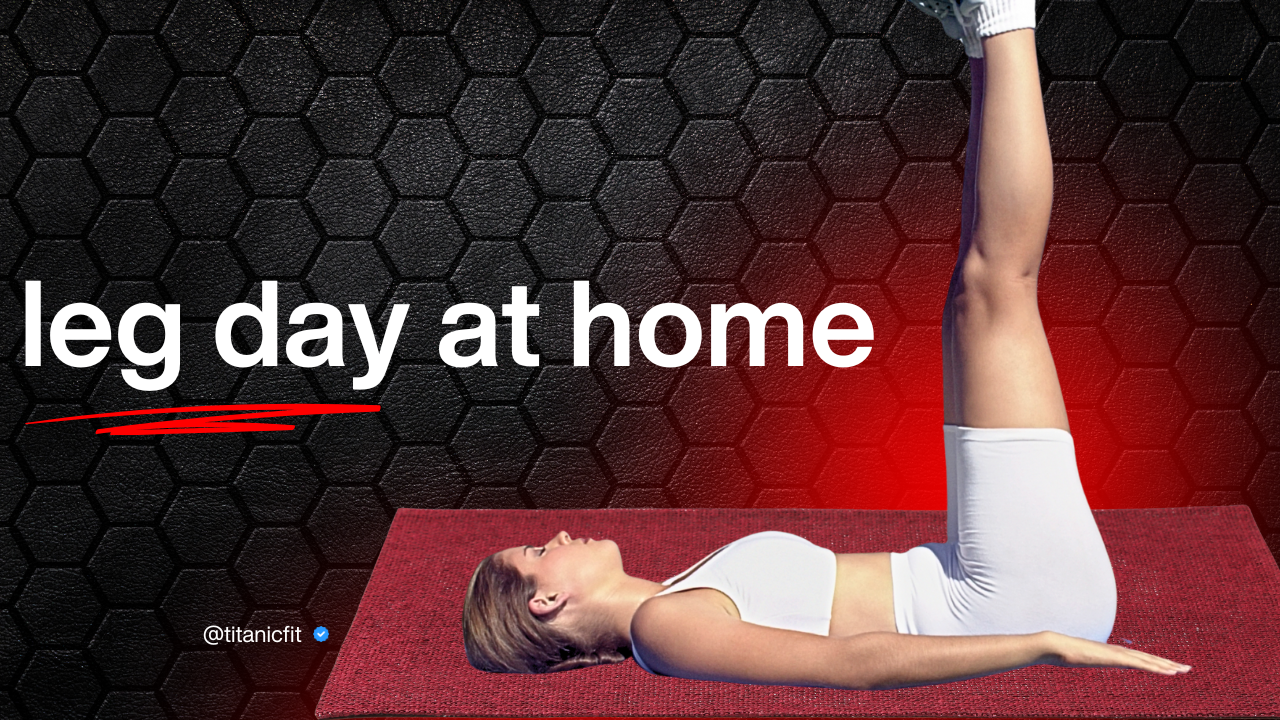Introduction why this workout actually works for normal people
Most fitness programs either sound impossibly fancy, or way too scientific. The Eri Chan workout is somewhere in between — it’s practical, sweaty, and made for people who have a job, kids, errands, and maybe an hour for themselves every day (though that may be pushing it!). If you want a program you can stick to for months (not just a week) this is the kind of workout that sticks.
Here’s the simply idea: get stronger, move better, and get less wiped out by everyday life. By ‘everyday life’ I mean exercises that allow you to pick up groceries, climb stairs, and put on clothes without sounding like a grumpy old man! If that is all you want out of exercise, then this plan will work for you! Again, it’s not about looking like your best life on Instagram, but about being useful. That’s one reason readers from titanicfit come back to workouts like this, they come for and stay for workouts that fit life, not workouts that create life!
You don’t need a lot of equipment. A pair of dumbbells, a resistance band, and good shoes will do most of the job. And if you’ve got nothing, bodyweight moves work. The point is consistency: 30–50 minutes, 3–5 times a week, with a mix of strength, short cardio bursts, and mobility. That combination solves all of the issues most of us have: poor hips, tension in the shoulders, sluggish recovery, and the sense that they’re “not built for fitness.” Believe me — small, consistent effort trumps big, irregular effort every time.
So if you’re sick of promises that sound too good to be true and are looking for something that feels like actual life, you can keep reading. I’ll take you through who Eri Chan is, why this type of training works, the grand concepts behind it, and the exact benefits that you will see in everyday life.
Who is Eri Chan — and why people follow her workouts
You’ve probably seen trainers and influencers throwing workouts at people left and right. What makes Eri Chan different is how approachable her stuff feels. She presents workouts that ordinary people can do without a mountain of gear or a complicated plan. That relatability is the key.
People replicate her routines because they are practical – short circuits that can be accomplished prior to work, progressions that make the exercises more difficult only as the participant becomes ready, and bodyweight options that can be done if the gym is closed. She also talks like a person – not like a coach enthusing from the podium. The tone, of course, matters — that’s what keeps people coming back.
Another appeal is the results from the routines. Not miraculous or overnight transformations, but reasonable and visible progressions: strength in the legs to carry heavy bags, improved core strength to sit and stand up straight, and cardio recovery that doesn’t make one gasp after walking up a flight of stairs. Her fans enjoy the small weekly wins as well — 1 or 2 more reps, improved form, or less delayed onset muscle soreness. Those little wins are often what builds confidence.
I certainly don’t know her complete personal life or all her claims — what matters is the method. Again, the method is simple: a mixture of strength, short conditioning, and mobility. I believe that is the formula that works for most people – and that is one of the reasons the Eri Chan workout continues to be communicated about across the GloFit community and sites such as [titanicfit].
by the way you need to 5 minutes full body workout
Why the Eri Chan workout is spreading, plain and simple
There are three reasons this approach to exercise is spreading fast:
It is doable. Most workouts are either not challenging enough or so challenging they drive people to quit. Eri Chan workouts are challenging but not miserable.

It fits the calendar. Compact workouts, smart progressions, and flexibility mean you can train through the busy weeks.
It improves your daily life. This is the kicker; people don’t always want to run a marathon, they want to get out of bed and not feel creaky. These are the wins of exercise: real-life wins.
Let’s look at it this way: If an exercise program makes your life better, you will do it. The Eri Chan method helps your posture, energizes your body, and decreases those little aches and pains from sitting at a desk all day. It is not promising that you will run a marathon, it is promising better mornings and easier afternoons. That’s why it spreads through word-of-mouth: simple, honest benefits that people want.
The thinking behind the training — the principles that really matter
If you never remember a single exercise in the entire guide, do not forget the thinking behind the training. The training philosophy behind the Eri Chan workout is what really makes it effective long-term. These are the principles you should live by:
Show up more than you skip. Consistency beats perfection every day of the week. A short, steady routine every week will always trump sporadic hard work.
Progress slowly. Add one more rep, add a little bit of weight, add 30 more seconds of work. Small improvements stack into big changes.
Keep it functional. Make the movements that help you in a functional world, and develop the ability:
squats
hinge movements (like traditional deadlifts)
push/pull patterns
core stability
Move well then move heavy. Prioritize good technique first. If your technique is sloppy, you are wasting time and putting yourself at risk of injury
Rest is part of the plan. You grow during rest. Don’t confuse busyness with progress.
This way of thinking makes workouts a *practice* in your routine, opposed to an occasion filled with drama and anxiety. To use an analogy: Watering a plant with small amounts of water every day as opposed to watering it God -like, once a month. People that train by these principles do not get discouraged, they adapt. That is the ‘secret sauce’ that so many “fitness” programs fail to stipulate.
What you’ll gain from the Eri Chan workout – victories in real life
Let’s be specific. Below are the results you can expect in real life, not just in mirror selfies.
Physical victories you will see
More strength for daily tasks. What used to be difficult, like carrying groceries, picking up a child, or moving furniture, will be easier. The squatting pattern in the workouts prepares you for the movements you do outside of the workouts.
Less joint pain and better posture. The mobility work, along with core engaged work, helps with back and shoulder pain from sitting too long at work.
Lean appearance without feeling wasted. Because the plan incorporates strength training with short moments of elevated heart rate, you get to burn fat while maintaining muscle – so you feel fit instead of shredded.
More energy. Training regularly means you stop relying on sugar to boost your energy and you actually have more consistent energy throughout the day.
Mental and lifestyle victories
More confidence. When you achieve a new personal best or are able to do something you couldn’t do a month ago, you start to change how you think about yourself.
Less stress and a clearer mind. It’s amazing how a quick, intensive workout after work can reset a busy brain.
A practical, habit forming training routine. The workouts are short enough to fit into your week meaning it becomes a habit.
A Week’s Worth of Eri Chan Workout Layout
Here’s what you can expect in a realistic week of Eri Chan workout. It is not too much force, nor is it a week where your body will not be able to repeat it week after week, and month after month. It keeps a good balance between sustained effort and sustained rest, compared to exerting a heavy training load in training from day 1 to day 7 of heavy fatigued tiredness.
Day 1 — Lower Body
Squats, lunges, glute bridges, calf raises, and a short core circuit after the lower body exercises.
Day 2 — Upper Body Push
Push ups, shoulder presses, dips, chest work, and some triceps finishers in the end.
Day 3 — Cardio & Conditioning
Feet up & hands in the air, think sprint intervals, jump rope, or a quick 20 minute get sweaty HIIT workout.
Day 4 — Recovery or Mobility
Some recovery or distance training, drifting into stretching with the aid of a foam roller or a flow yoga class can be beneficial and help reset the body.
Day 5 — Upper Body Pull
Pull ups (or rows if you aren’t able), dumbbell rows, biceps, and some light focused rear-delt work.
Day 6 — Full-Body Mashup
A full-body circuit style workout. Should include, kettlebell swings, burpees, squats, planks, and keep them fun and rapid-paced and make a mess of it.
Day 7 — Rest day
Active recovery; walk around the block, go for a short bike ride, or if you haven’t been, take a day just resting.
At [titanicfit], we also frequently discuss and suggest this split because you are hitting all muscle groups through the training week. And giving time for rest and your muscles to recover. Tweets from this get worn out exhausted weekend, while still being realistic and sustainable 3. A full out 7-day heavy exhausted fatigue, and amuck.
The Warm-Up — Quick Actions That Prevent a Lot of Problems
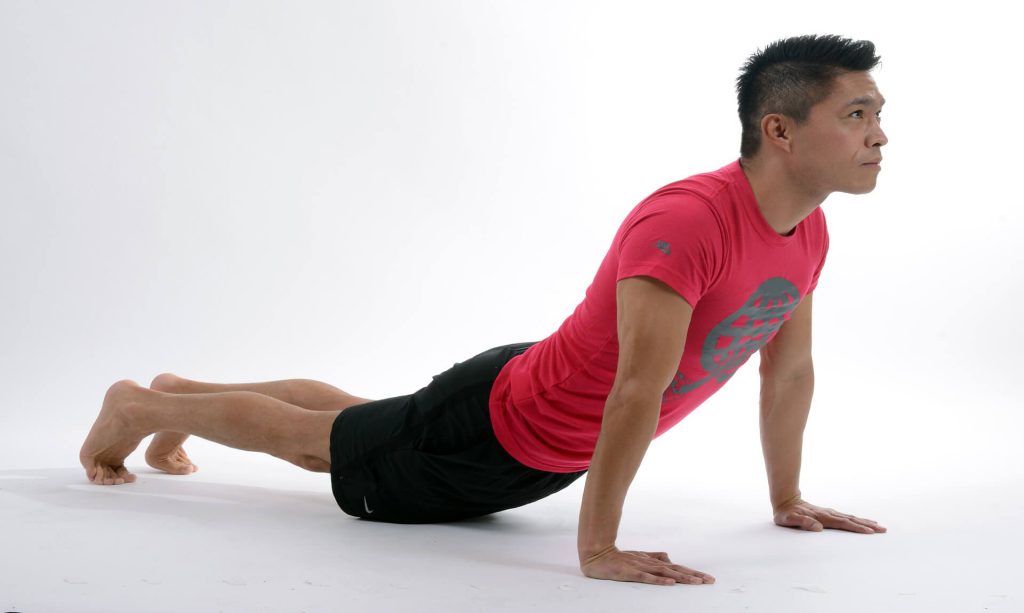
Not warming up is like hopping in the car in winter without letting the engine run first. Of course, you can do that, but a few blocks later, something is going to grind and break.
The Eri Chan workout makes warm-ups a requirement. It can take only 5–10 minutes, but they will make a difference in your progress. Her warm-up routine typically includes:
Dynamic stretches — such as leg swings, arm circles, and hip rotations.
Mobility drills — such as cat-cow stretches, ankle mobility, and shoulder openers.
Activation work — such as light bodyweight squats, glute bridges, and band pull-aparts to “wake up” the muscles.
The aim of warming-up is simple: free up stiff areas and turn on the muscles you will be using. This minimizes feelings of sluggishness and reducing the chance of any tweaks or injuries.
At [titanicfit], we push our clients to prepare warm-ups as if they were possible mapping student learning, their warm-ups being no different than brushing the teeth, a simple daily routine to prevent other more significant issues down the line.
Strength Training — The Foundation of the Program

The centerpiece of the Eri Chan training program is strength training. Not the bodybuilding kind for looks, but strength you can actually use. Her programming focuses on compound lifts (large movements that activate several muscle groups at the same time) and a little bit of isolation work to improve individual weaknesses.
The Compound Lifts You’ll See A Lot
Squats: Build your legs and core while also teaching proper movement mechanics.
Deadlifts or hip hinges: Train the glutes, hamstrings, and back muscles for lifting in real life.
Push-ups or presses: Build the chest, shoulders, and triceps.
Rows or pull-ups: Strengthen the back and arms, in turn balancing the pushing muscles.
The Upside to this Programming
– You are developing strength and power throughout your whole body versus just parts.
– It burns many more calories because compounding lifts activate multiple muscle groups.
– You are getting stronger in the patterns that you use everyday: bend, lift, push, pull.
The isolation work is later (the bicep curl, lateral raise, or glute kickbacks for example) and should be used again as seasoning, not the entrée.
Eri Chan workout also employs a style of training that focuses on progressive overload — adding very small amounts of weight, reps, or time, over weeks. It is not sexy, but it works, and that is how you actually get stronger.
Cardio & Conditioning – Short, Sharp, Effective
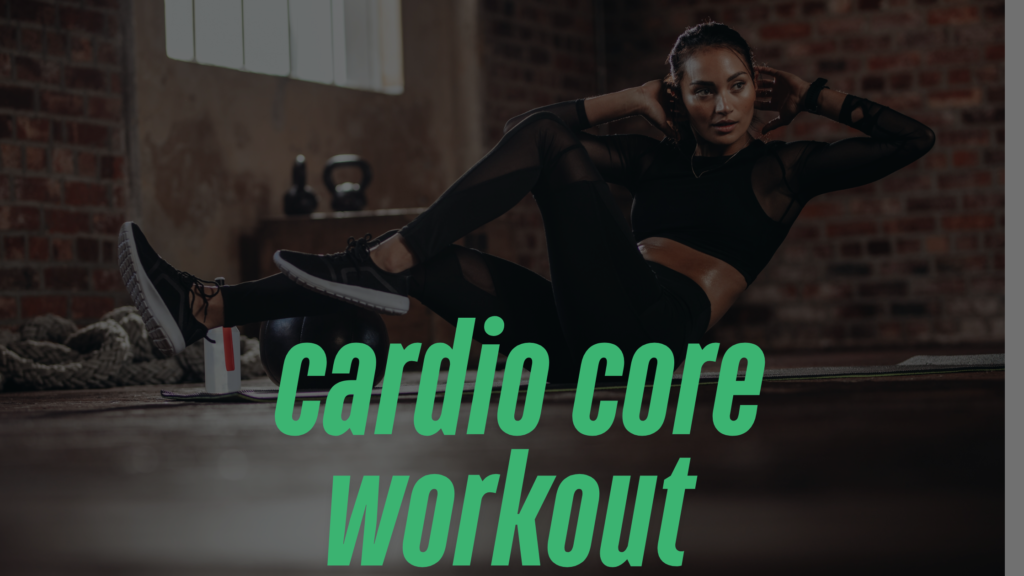
One of the things people often dread most about fitness is cardio. The thought of slogging away on a treadmill for any amount of time does not sound appealing to anyone. What Eri Chan does is something different: short bursts of activity that pay off really well.
Most sessions are based on HIIT (high-intensity interval training), which can be simply put as:
30 seconds of max effort sprinting
30 to 60 seconds of rest
Repeat 8 to 10 times.
On other days, Eri will add in circuits of burpees, jump squats, or kettlebell swings – movements that get your heart pumping and your whole body working.
What’s the benefits? You burn calories and increase your work capacity, and you will finish in 15 to 20 minutes instead of grinding it out for an hour. At [titanicfit], we tend to see people more of a long-term habit with this style. It is effective, works you harder, and is far more interesting than staring at a treadmill screen.
Nutritional Guidance – Supporting the Gains Without the Extremes
The nutritional aspect of the approach to the Eri Chan workout program is refreshingly sane. There are no strange detox teas and “never eat carbs again” types of advice. No… it’s just balanced eating to support workouts and recovery.
Here’s what this looks like:
Protein at every meal (chicken, fish, eggs, or tofu) — keeps recovering muscles recovering.
Smart carbs (rice, oats, sweet potatoes, fruit) — keeps energy levels steady without sugar spikes and crashes.
Healthy fats (nuts, avocado, or olive oil) (i.e,), hormonal balance and recovery.
Tons of water (simple, but most people forget, and ask why they are exhausted in training).
As a bonus, there is flexibility. There are no “off limit” foods. A burger, or during pizza fit fine, depending on the context. The sustainability and approach matter more than being restrictive.
This is what resonates with real people about this way of eating. It doesn’t feel like deprivation. At [titanicfit], we share the same ideas: your food level should enhance, and support your fitness goals and not hinder you, or make life miserable.
Initiating the Eri Chan Workout Today
Here is the good news: you do not need to find the perfect gym
membership or the best equipment. You can get started on this style of training today.
Here is a simple core workout plan that replicates the Eri Chan workout approach:
Warm-Up (5-10 minutes): Arm Circles, Leg Swings, Bodyweight Squats.
Strength Block – (15-20 mins)
-3 Rounds of Squats (10-12 reps)
– Push-ups (as many as you can with good form)
– Dumbell or backpack rows (10-12 reps per side)
Cardio blast – 10 minutes (30 seconds of burpees with 30 seconds rest x 6-8)
Core Work – (5-10 mins): Bicycle Crunches, Side Plank, Leg Raises
Cool Down (5 mins): Stretches and deep breathing.
That’s it. 30-45 minutes three days a week. You can progress from there – adding weight, adding reps, or adding sets. The magic is showing up consistently, rather than attempting to find a perfectly good plan.
At [titanicfit] we remind people that starting small is often the best way to make fitness a habit. Don’t overthink it, just start moving.
Conclusion — Why the Eri Chan Workout Works in Real Life
The Eri Chan workout is not about extremes. It focuses on balance. Strength, cardio, mobility, rest, and mindset working together – that’s the key to its success. That is why it is so popular. It works in real life.
You will be stronger, leaner and more mobile. You will be more confident and less stressed. Most importantly, you will be able to do it week after week, month after month, year after year.
At [titanicfit] we have learned from countless experiences that this approach works. It is realistic. No crash diets. No spending hours in the gym. Just a thoughtful progression that fits comfortably into your life and helps you live the way you want every single day.
If you are interested in making change, there is no better time to start than today. Keep it simple, be consistent and focus on progress. The rest will fall into place.
FAQs regarding the Eri Chan Workout
1. How frequently should I train?
Four or five days is best for most individuals, with rest days incorporated.
2. Can I do it at home?
Yes. A lot of the exercises can be performed with bodyweight or simple tools such as resistance bands.
3. How long is a workout?
Most workouts take between 40 and 60 minutes, including warm-up and cool-down.
4. Do I have to be on a strict diet?
No. The plan is about balanced eating — protein, carbs, healthy fats, with room for treats.
5. Is it beginner-friendly?
Absolutely. The Eri Chan workout can be scaled up or down, so you can begin easy and progress over time.
Don’t forget to leave a review.
